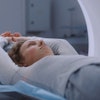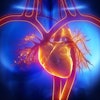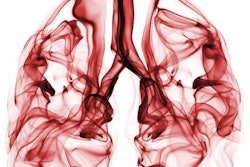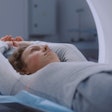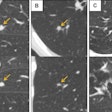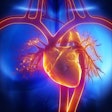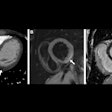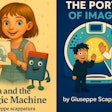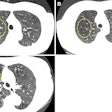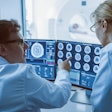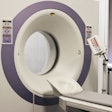
SAN DIEGO - Whether for a conventional CT scan or a more intricate imaging exam, radiology reports can often be challenging for patients to understand. Dr. Arun Krishnaraj shared lessons learned from soliciting feedback for medical imaging reports in a talk at the 2019 International Society for Computed Tomography (ISCT) symposium.
Review sites such as the online consumer ratings website Yelp.com are ubiquitous in the U.S. Yet radiologists still hardly ever solicit and receive feedback for the final product of their work -- the radiology report, Krishnaraj, an associate professor of radiology at the University of Virginia Health System, told meeting attendees.
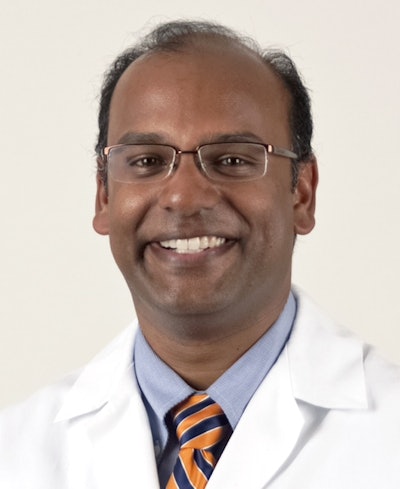 Dr. Arun Krishnaraj from the University of Virginia.
Dr. Arun Krishnaraj from the University of Virginia."Why is it that nearly every other business in the world has access to detailed, extensive feedback about their products and services, while we in radiology are left largely in the dark?" he asked.
To address this question, Krishnaraj and colleagues developed a brief customer survey to collect feedback from patients and referring providers. The survey, available online via a link at the bottom of their radiology reports, simply asked how satisfied customers were with the report and made space for comments and suggestions.
The vast majority of respondents were patients (75%), and the responses frequently emphasized how confusing the terminology of the reports was, despite their being well-organized, the group found.
"By soliciting feedback for our reports from both referring providers and patients, we have been able to glean some remarkable insight, which has allowed us to modify our reports to be more patient-friendly and better serve the needs of our referring providers," Krishnaraj said.
Ultimately, the radiologists decided to create a new format for their radiology reports, one that focuses on using clear language, showing infographics, and offering actionable next steps.
One focus has been to improve radiology reports for CT lung cancer screening exams. Their new model proposes including a general summary of what a low-dose CT scan is and what it is being used for, a brief description of the findings and impression of the patient's exam, and advice concerning next steps -- all of which would be visible on a single page. The report would also include several infographics to keep customers engaged.
"If we are to get out from the shadows, we must evolve our reports in response to the feedback we have received," Krishnaraj said. "It is my hope that one day in the near future, radiologists will be defined by more than just being the doctor's doctor, but rather [as] the patient's best physician."
